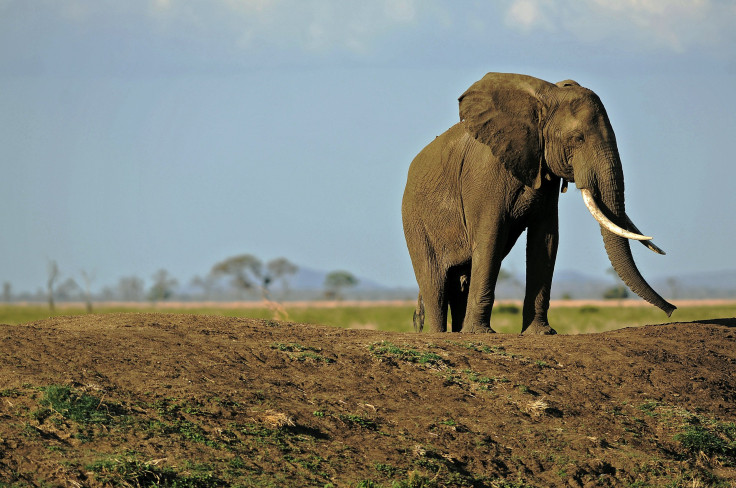WATCH: Young Elephants Sedated And Captured For Chinese Zoo

Wild elephants in Zimbabwe are seen in newly emerged footage being captured. The video footage shows a team of men dragging a tied up and sedated elephant into a truck's holding pin. The elephant was repeatedly kicked in the head and slapped along its trunk by its captors.
The captors rounded up in 14 elephants, The Guardian reported Tuesday, and the captors are thought to be preparing to legally sell the elephants to Chinese zoos. The team was supposed to capture 30-40 elephants, but the operation went awry.
Most of the elephants were between two and four years old.
Captures are typically kept under wraps. A standard capture begins with the identification of a potential herd. Younger elephants in the herd are then targeted with sedatives. As a sedated elephant falls, the captors come to take it away. This formula was reportedly used by the Zimbabwe captors featured in the footage.
"The primary motivating factor for wildlife traders is economic, ranging from small-scale local income generation to major profit-oriented business, such as marine fisheries and logging companies," Traffic, a wildlife trading monitor, wrote on its website. "Between collectors of wildlife and the ultimate users, any number of middlemen may be involved in the wildlife trade, including specialists involved in storage, handling, transport, manufacturing, industrial production, marketing, and the export and retail businesses."
The outlet added, "Most of us are involved in wildlife trade in some way, even if it just as end consumers of wildlife products."
The trading of elephants has been criticized by both elephant experts and animal rights advocates. It is legal to export elephants in Zimbabwe under the Convention on International Trade in Endangered Species of Wild Fauna and Flora (CITES), an organization that enforces rules and regulations for the trading of living animals. China and the United Arab Emirates are also permitted to capture elephants under CITES.
"The CITES Secretariat does not issue CITES permits or certificates, and has no authority to directly intervene in any trade transactions," CITES wrote in a December 2014 statement published to its website. "Parties to CITES are required to report all authorized international trade in specimens of CITES species to the CITES Secretariat on an annual basis. These reports are included in the CITES Trade Database, which is publicly available."
Zimbabwe's export process, however, is said to "not be detrimental to the survival of the species," according to CITES' website. The destination must also be appropriate and acceptable for the elephant.
Elephants are among the top-traded animals worldwide. The capture of baby elephants may be among the trading practices protected by CITES, but several trading practices remain illegal, including poaching an elephant to sell its ivory. CITES monitors the illegal killings of elephants.
© Copyright IBTimes 2025. All rights reserved.





















